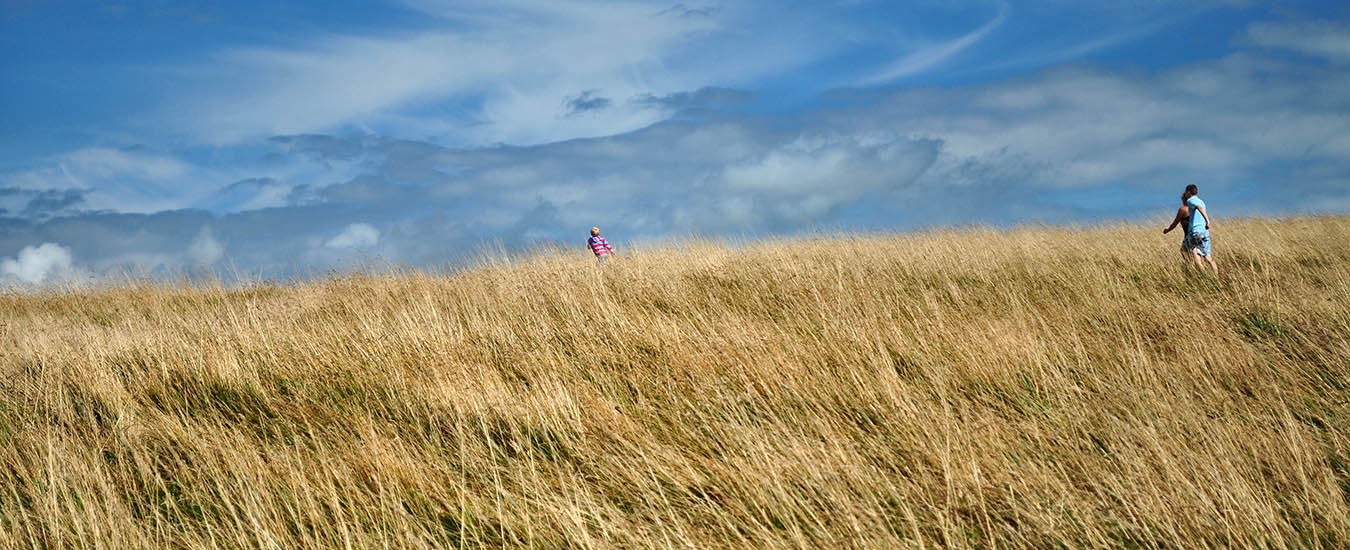What to do when official records aren’t available? Get ye to the graveyard
One of my first lessons in genealogy was that “public” records really weren’t public. Until about 20 years ago, the only national Canadian census that was open to researchers was the first one, from 1871. It was no help if your ancestors lived in Prince Edward Island or Newfoundland and Labrador because those provinces weren’t part of Canada then.
Genealogists thrive on records of the “hatch, match and dispatch” variety. The best ones—birth and marriage records—provide links, either of children to parents or husbands to wives. Hopefully, your ancestors belonged to a church that kept good records; otherwise you could be out of luck. Each province did have an official who was titled Deputy Keeper of Vital Records or something similar. These individuals took the word “keeper” seriously—they kept, without ever giving out.
In their need to look somewhere—anywhere—for information about events in the past, family historians wore out paper copies of newspapers that then had to microfilmed before they perished from overuse and a lack of proper conservation. Unless your family members were professionals, officers or merchants, or were otherwise prominent, newspapers before the mid-19th century mostly ignored them. The papers might make an exception if “John Murphy, a recent Irish immigrant” fell off a roof he was repairing and his autopsy got reported. Acadians, blacks and native people may as well not have existed for all the respectful attention given them.

“So where did we turn, in our search for answers? One of my favourite haunts (no pun intended) is the cemetery, with its stone documents open to view. So much information can be gathered by scouring a graveyard and copying down information.
Here’s an example: perhaps Angus and Annie MacPhee were your great-grandparents, but you don’t know if the Angus noted as dead in 1897 is your man because there had been two men of the same name in the community. In the local burying ground there are two Anguses, one with a wife named Margaret, and the other with a wife named Anne. Armed with the death dates, you can compare to the newspaper date and determine which is the “right” one.
I copied down information from thousands of headstones in the days before digital cameras and computers (back then, even taking photos was expensive). A clipboard, a pencil and pad of paper had to do. Some amusing memories stem from those experiences. There was the time I was on my knees parting grass so I could read the bottom of an inscription when a hand reached down and a voice said, “Shake hands with one of the living.” It was the parish priest who regaled me with the story of the family whose stone it was.
In another cemetery, I found a stone whose top portion was missing, then found the absent piece in yet another cemetery!
My favourite anecdote concerns an overgrown cemetery where I could have used a scythe to help me find the stones; never mind how difficult it was to actually read what they said. When I made a copy for the provincial archives, I was told by a senior archivist that someone had already transcribed the inscriptions there; the archivist then produced the earlier copy. It listed about 15 stones, whereas my version had three times as many. I wondered why there was such a discrepancy. One or two stones in an old cemetery wouldn’t be a surprise, but that many on one list and not the other? The archivist chuckled as she said, “That is where Mrs. X saw the snake. She never would go back.”
Visiting cemeteries has a down side, which we must acknowledge. It is sad to read a stone marking the graves of three children under the age of seven who died just a few days apart—perhaps of diphtheria or scarlet fever.
But what is both depressing and annoying is to behold wanton destruction: stones shoved over, knocked off their bases, smashed to pieces, sometimes defaced. Voltaire once wrote that we owe respect to the living and the truth to the dead. That certainly doesn’t mean that we don’t also owe the truth to the living and respect to the dead.
Dr. Terrence M. Punch is the author of the series Some Early Scots in Maritime Canada. He was named a member of the Order of Canada last year.

